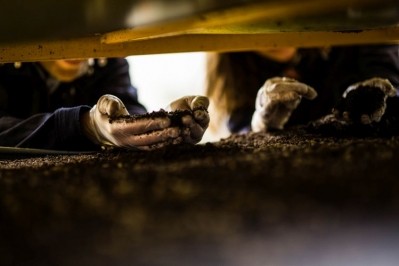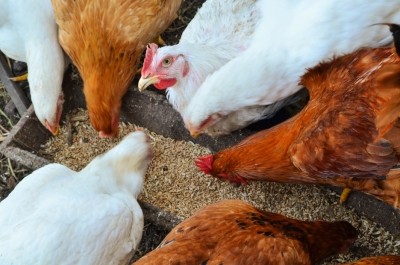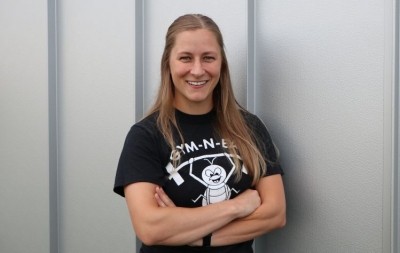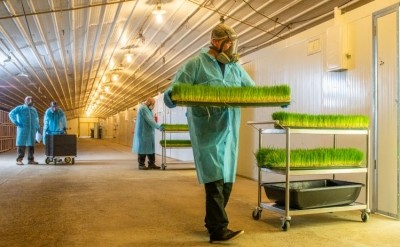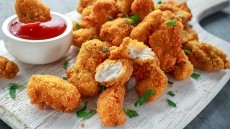'Everything we do is geared towards making insect protein affordable...' European edible insect firms Ÿnsect and InnovaFeed outline US ambitions
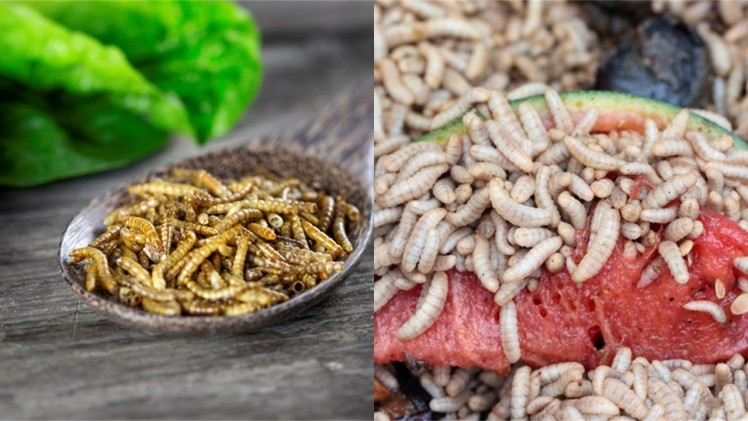
InnovaFeed, which specializes in black soldier flies, is planning to build a large-scale production facility in Decatur, Illinois; while Ÿnsect, which specializes in Buffalo and Molitor mealworms, has just acquired Nebraska-based mealworm hatchery Jord Producers and is scouting for US locations to build its first large protein meal and oil production facility this side of the Atlantic.
‘We’ve seen a lot of alternative protein products put on the market that weren't very well thought out’
InnovaFeed - which has plants in Gouzeaucourt and Nesle in France - has been in the feed market for over five years, but has also been working steadily to develop and test products for the human nutrition market, and tracking consumer sentiment about edible insects, InnovaFeed VP business development Maye Walraven told FoodNavigator-USA.
“We do really believe there will be room for insect protein [for the human nutrition market]. It might not be a big part of the market next year, likely more in the 5-10 year horizon, but we want to be ready, so we’re having conversations with big food providers now."
She added: “We're working with experts on flavor, texture, and recipe development in order for that first experience to be great, because we’ve seen a lot of alternative protein products put on the market that weren't very well thought out, and the experience was not good because the products weren't ready [for prime time].
“We're working on bars, meatballs, steaks, and sport nutrition products, because product development needs to be done right if you really want to have adoption of these products. If you want to include it in drinks, for example, you need a soluble protein, so we’re looking at hydrolyzing the protein for example.”
InnovaFeed: ‘Everything we do is geared towards making insect protein affordable’
Echoing recent comments by US-based Aspire Food Group that if edible insects are going to carve out a meaningful space in the human food market, costs must come down and supplies of consistent, high-quality ingredients must go up, Walraven added:
"When we first looked at producing insect protein, we asked two questions: What is the nutritional profile, and how scalable would the production be? Based on that, black soldier flies came out on top. Everything we do is geared towards making insect protein affordable."
InnovaFeed’s planned site in Decatur - which should become operational in 2024 - is co-located with an ADM corn processing facility, ensuring that the feedstock (byproducts of wet corn milling), and resulting insect ingredients, are consistent, she said, but also saving huge amounts of water and energy, as waste heat and steam from the ADM plant will help power the insect production site.
The partnership will also reduce ADM's environmental impact, she said: "The [corn] co-products are mostly water, and they are typically dried before they are transported, which has a huge energy cost, so these companies are all trying to find new ways to use the product without the drying part. That’s where we come in.”
At full capacity, the Decatur site will be able to churn out 60,000 tons of insect protein, 20,000 tons of oil, and 400,000 tons of frass, nutrient rich insect waste that serves as fertilizer, said Walraven.
Optimal feed conversion rates
InnovaFeed’s breeding programs, meanwhile, are geared to further optimizing the insects' ability to convert feed into food, she said: “It takes about three weeks to get them to where they can reproduce, and you can go from the egg stage to the harvesting stage in a week, so within a month, you can go from one generation to the next, and within a year, you can have 12 iterations in that genetic selection.”
InnovaFeed facilities, meanwhile, are highly automated, she said: “Think of a vertical farm where you have many layers. We have robots that will put the insects at one layer and then our job is to control the environment to make sure they are in the perfect humidity level and temperature, and then the least we disrupt them, the better. We have sensors that enable us to track how the different batches are doing, and then we have systems that tell us based on the different indicators that the larvae are ready, and then the robots will go and fetch them and lead them to the transformation plant.”
Through a sieving process, she added, “we separate the larvae from the frass [waste], and then wash and boil the larvae to deactivate any enzymatic process that might happen in the stomach of the larvae that could damage the quality of the protein.”
Ÿnsect: Mealworm protein matches dairy protein

Ÿnsect - which operates production sites in Dole, France, and Ermelo in The Netherlands, with a third site under construction in Amiens, France - is also having positive conversations with US CPG companies about food applications for its mealworm protein concentrates, texturized proteins, insect meal, and oils, chief marketing and communications officer Alain Revah told FoodNavigator-USA.
While crickets and black soldier flies are high in protein (>60% by dry weight), mealworms - like grasshoppers - have even more protein (>70%), and are particularly appealing to food and feed companies because of their low ash content (<2%), high digestibility, and neutral taste, claimed Revah, who said Ÿnsect is already selling into the European human food market via its Dutch subsidiary.
Mealworm protein has significant potential in performance nutrition products, claimed Revah, who highlighted a recent human study conducted at Maastricht University showing mealworm protein and milk protein concentrate performed equally well in tests of muscle protein synthesis rates post exercise, while another recent study showed that Molitor mealworms can lower cholesterol in hyperlipidemic rats, prompting calls for studies to explore whether this might also apply to humans.
Further reading on edible insects:
- Could fruit flies slash the cost of growth media for cell cultured meat? Future Fields thinks outside the box
- Edible insects in focus, part I: CPG 2nd wave focuses on benefits, not bugs... 'It’s like taking Jell-O and saying, ‘Hey! we've got a bunch of ground up cow bones and sugar. You want some?'
